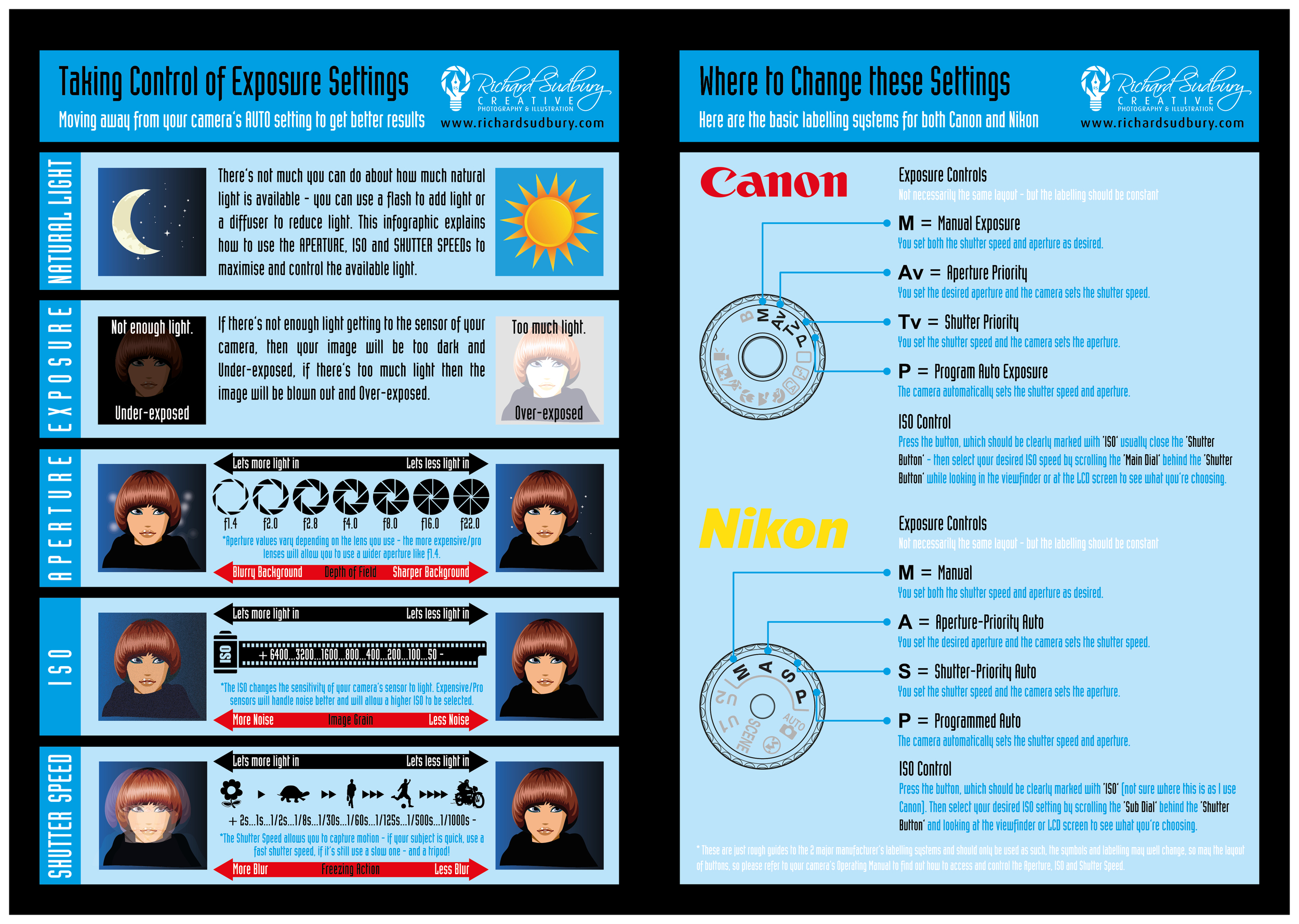Join Us To Uncover Essential Digital Photography Ideas That Will Certainly Open Your Cam'S Possibility-- Prepare To Capture Magnificent Images In No Time!
Join Us To Uncover Essential Digital Photography Ideas That Will Certainly Open Your Cam'S Possibility-- Prepare To Capture Magnificent Images In No Time!
Blog Article
Authored By-Grant Kaas
When you initially grab your electronic camera, it can feel overwhelming with all the setups and options available. You might find yourself wondering just how to navigate aperture, shutter speed, and ISO efficiently. Grasping these principles is important, but there's more to photography than simply technical knowledge. Comprehending make-up techniques and lighting conditions can boost your images significantly. So, what happens if you could find out straightforward approaches to boost your abilities and begin capturing excellent images sooner than you assume? Allow's explore how to transform your photography journey.
Comprehending Camera Settings
Understanding your electronic camera settings is essential for recording magnificent images. When you grab your electronic camera, familiarize on your own with the 3 main setups: aperture, shutter rate, and ISO. Each plays an essential function in how your pictures end up.
Begin with aperture, which regulates the amount of light going into the lens. A bigger aperture (reduced f-number) allows more light and develops a lovely background blur, perfect for pictures. Conversely, a narrower aperture (greater f-number) keeps more of the scene in emphasis, suitable for landscapes.
Next off, focus on shutter speed. This setup establishes how long your electronic camera's sensing unit is revealed to light. A quick shutter rate ices up motion, which is terrific for action shots, while a slow shutter speed can create stunning impacts like smooth water in landscapes.
Last but not least, adjust your ISO. http://joella012luigi.booklikes.com/post/6567047/checking-out-the-globe-with-the-lens-travel-digital-photography-essentials influences your electronic camera's sensitivity to light. A greater ISO serves in low-light scenarios yet can introduce sound or grain. Aim for the lowest ISO feasible while still accomplishing correct direct exposure.
Make-up Methods
When you're out shooting, make-up can make all the difference in how your photos reverberate with visitors. Beginning by utilizing the regulation of thirds; visualize your frame divided into 9 equivalent areas with two horizontal and two upright lines. Setting crucial elements along these lines or at their junctions to develop balance and passion.
Next off, consider leading lines. These natural lines in your scene, like roads or rivers, draw the customer's eye right into the photograph, guiding them through the tale you're telling.
City Portraits forget framing; usage elements within your scene, like trees or windows, to produce a structure around your subject, adding deepness and emphasis.
Also, watch on your history. A messy history can sidetrack from your main subject, while a simple one assists it stand out.
Finally, experiment with symmetry and patterns; they can produce a striking image that catches attention.
Mastering Lights Conditions
Understanding illumination conditions is critical for capturing sensational photographs, as the appropriate light can transform a regular scene into something phenomenal.
Begin by observing natural light at various times of the day. Mornings and late afternoons provide the best light, called the golden hour. The soft, cozy tones throughout these times can improve your pictures wonderfully.
Don't shy away from overcast days either; diffused light can minimize rough shadows and develop a pleasing effect, specifically for pictures.
Explore backlighting by positioning your topic against the source of light. This technique can create a fanciful halo effect and include depth to your pictures.
Pay attention to your electronic camera settings too. Readjust the ISO, aperture, and shutter speed to suit the lighting conditions. A greater ISO can help in reduced light, yet beware of grain.
Make use of a tripod in darker environments to avoid blur.
Last but not least, don't fail to remember artificial lights. Flash and continual lights can be fantastic tools for regulating light in tough conditions.
Final thought
To conclude, mastering your electronic camera doesn't need to be frustrating. By recognizing your setups, using structure techniques, and taking advantage of the power of natural light, you'll promptly boost your digital photography abilities. Remember, exercise makes best, so go out there and try out your newly found understanding. With time and dedication, you'll be catching spectacular images that mirror your unique perspective. Appreciate https://telegra.ph/How-To-Build-A-Digital-Photography-Portfolio-That-Sticks-Out-01-08 , and do not neglect to have a good time while you're at it!
